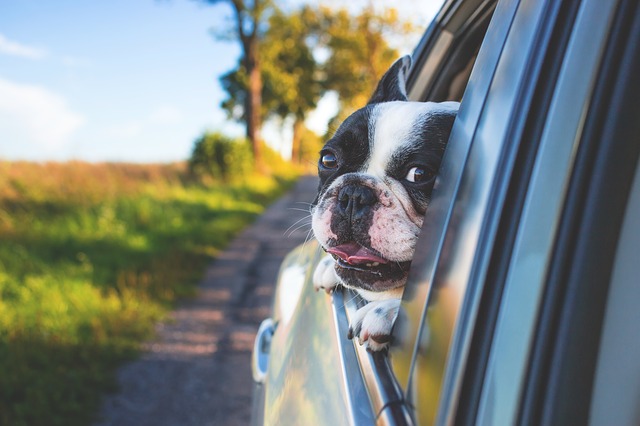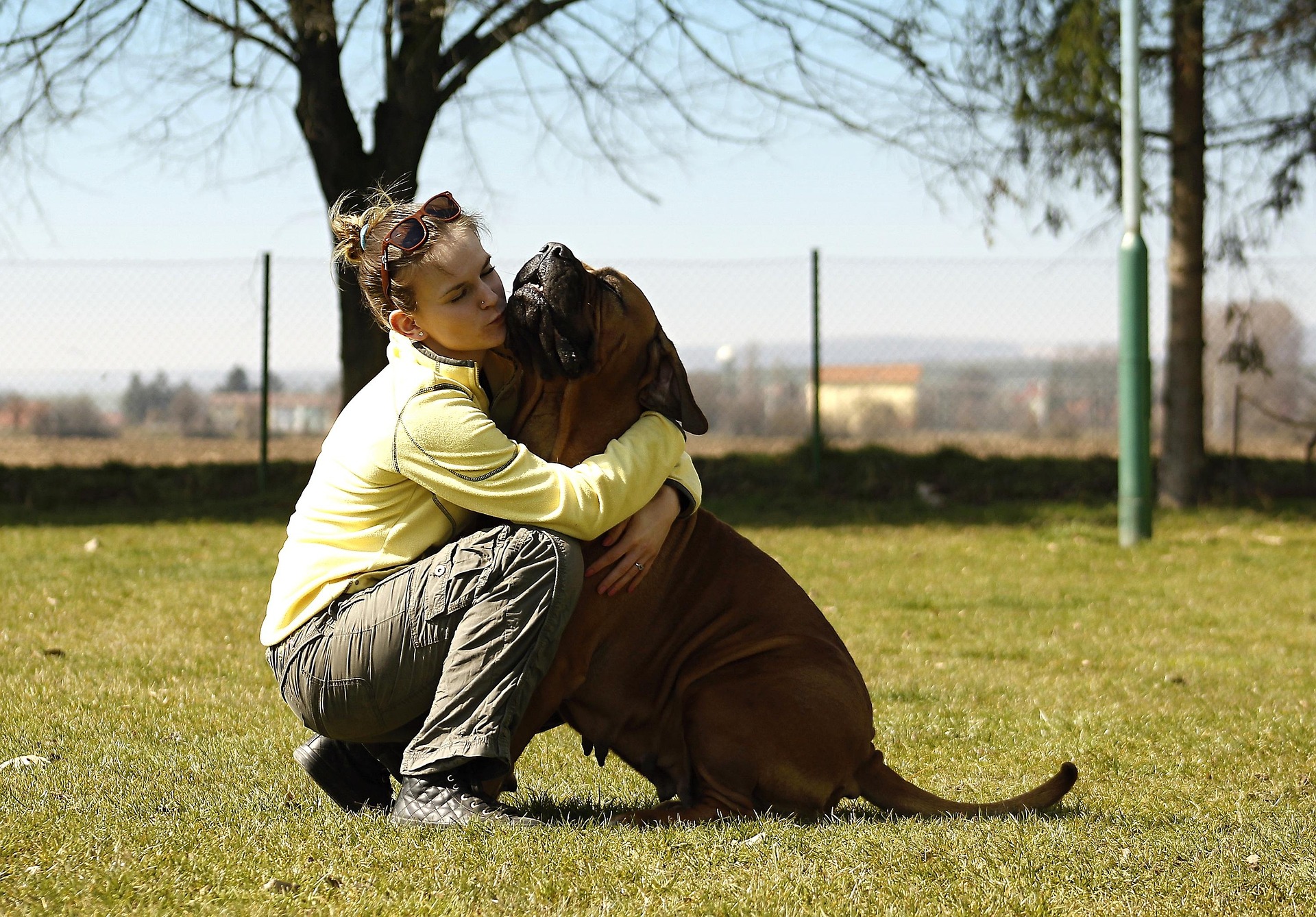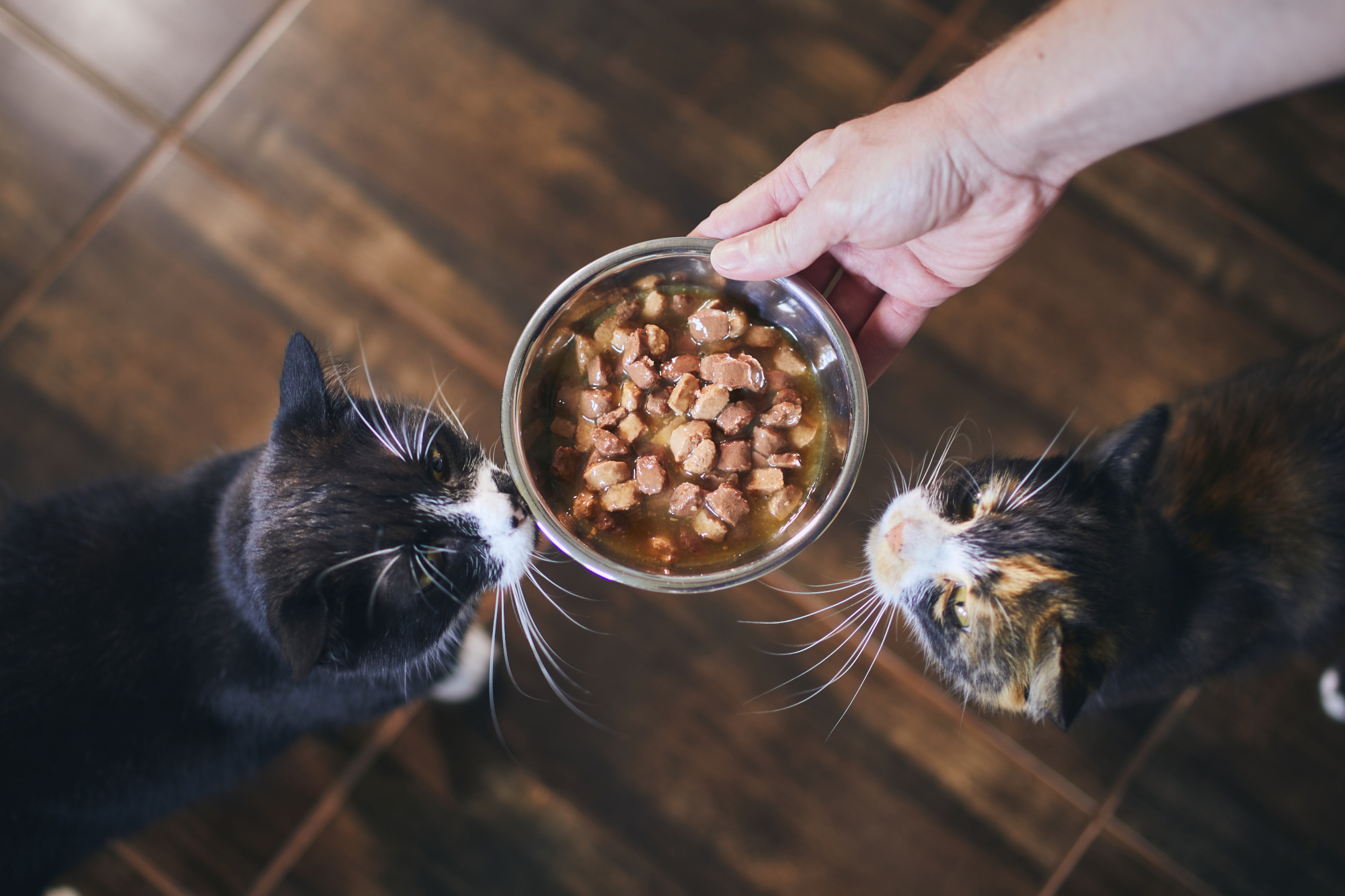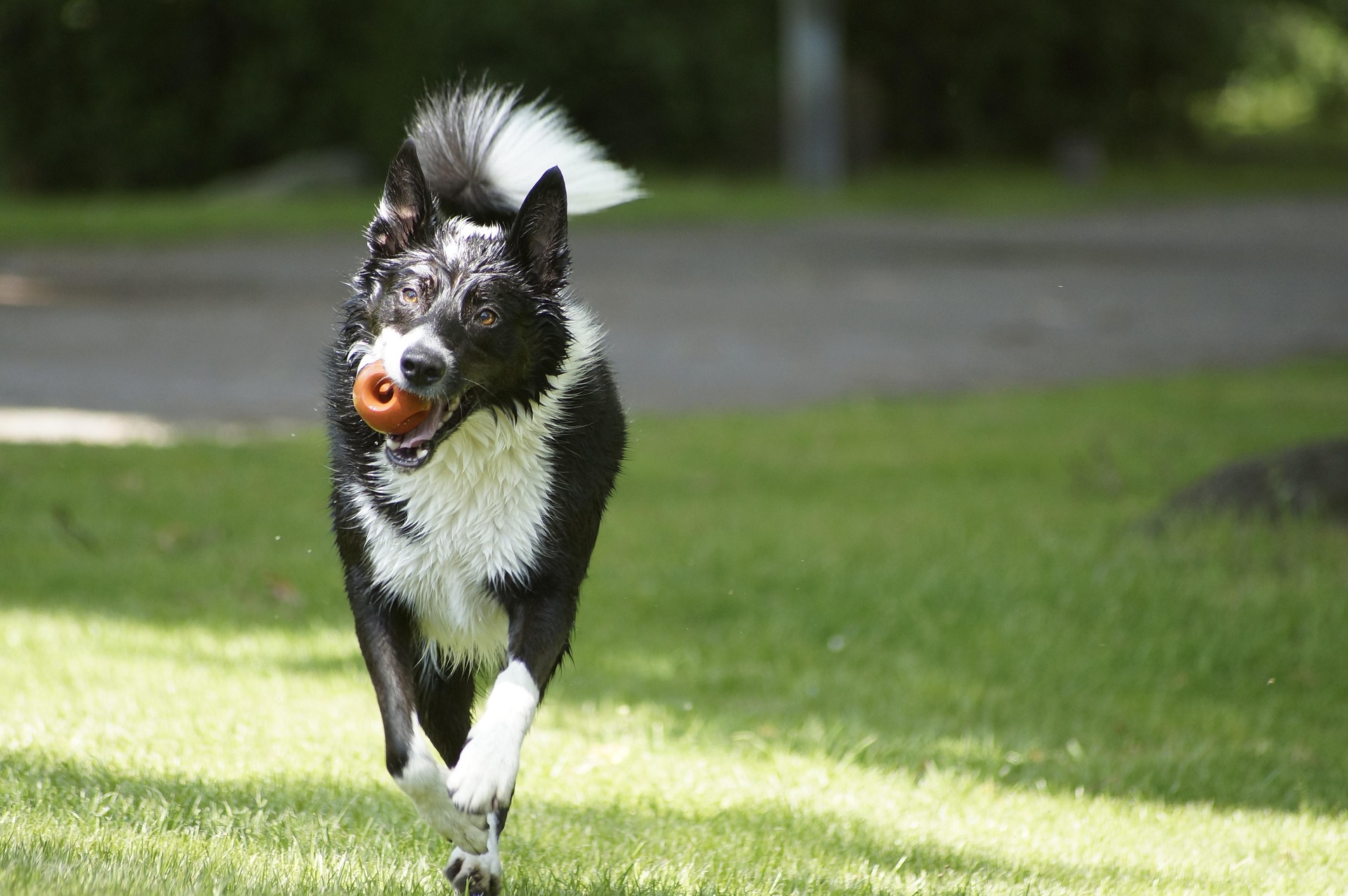Did you know that not only is it dangerous to leave your pet alone in a locked car but also it can be deadly? It only takes a few minutes for your dog to pass out from heat stroke or dehydration if they’re left in a locked car in temperatures as low as 20 degrees Celsius. Yet the shocking and saddening reports of finding these distressed pets seem to continue to spike once summer arrives.
We know you love your pet very much, which is why for both your sake and theirs, we want to help you both stay cool and comfortable. Here are some summer safety tips that you can use when travelling with pets in cars during the hottest months of the year.
Be Aware of These Dangers When Travelling With Pets
The single most important danger of car travel is leaving your pet alone in a parked car, even if you only need to go into the grocery store and pick up a few items. On a hot summer day, temperatures can quickly soar and turn the car into a furnace. Your pet can develop heat stroke even if the car is parked in the shade with the windows cracked open.
Most cats hate car travel, which means you should make an effort to get your kitty used to a carrier and short trips before taking them anywhere on a long car trip (if you have to), or you’ll both be miserable.
A pet may seize the opportunity to escape from a car if they’re loose and a window is open wide enough, which can be deadly if the car is moving. A pooch may decide to run away when you are taking them out for a walk, or they may quietly exit unnoticed from the car when it’s stopped and you unknowingly drive off without them.
Although there is no law demanding that pets travelling in cars be crated or secured, they are a danger to you and to themselves if your car is in accident or if you have to brake suddenly and a pet is loose in the car; you could both be injured severely.
Use These Tips for a Safe, Smooth Car Trip
- When travelling by car, make sure your pet is secure, either in a well-ventilated carrier or crate, or with a harness attached to seat buckle. It may look cool for your dog to travel with their head out the window and they may enjoy looking out of moving cars, but accidents can happen.
- Make sure crates and carriers are soft sided and made of wire mesh or hard plastic. They should be big enough for pets to stand in, lie down, and turn around. Secure crates and carriers in the car to make sure they can’t slide around if you brake suddenly.
- See that your pet is introduced to the carrier or crate in your home and is used to wandering into it to get treats. Take some short trips in it before you embark on any long-distance travel.
- Your pet should be in the back seat, not in the front beside you, crated or not.
- You can stick to a normal feeding schedule, but don’t feed them while the car is moving.
- Ask your veterinarian to insert an ID microchip under your pet’s skin. It is a quick, painless procedure that ensures that you will be notified if you become separated on the trip and your pet is found and taken to an animal hospital or a shelter. In addition, your pet should wear a collar with your home address as well as a temporary travel tag with your cell phone number and destination address.
- Prepare a travel kit for your pet with food, bowls, a leash, poop-scoop bags, medication, and a favourite toy or two.
- Bring bottled water or water from your home stored in plastic jugs. Offer them water frequently and make sure it’s available at all times.
- Again, we do not recommend you leave your pet unattended in a parked car. Check frequently during the drive to make sure your pet isn’t exposed to the sunlight for long periods of time.
Whether it’s a short trip to buy groceries, you’re heading out for a camping adventure, or you’re embarking on a long trip that takes place over several days, we hope you and your pets have a happy and safe summer vacation!
Creative Commons Attribution: Permission is granted to repost this article in its entirety with credit to Hastings Veterinary Hospital and a clickable link back to this page.






